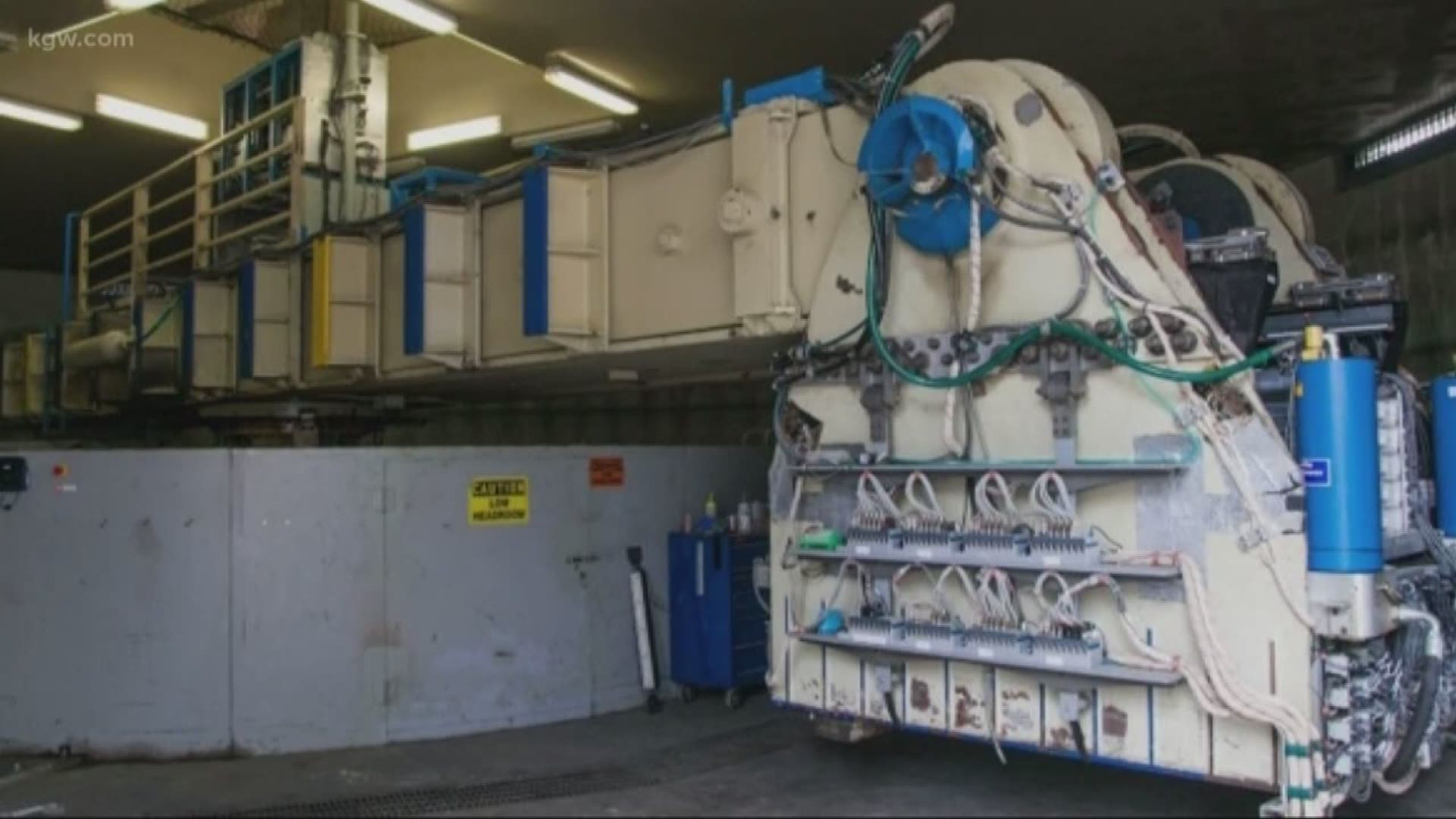CORVALLIS, Ore. — Researchers at Oregon State University are using an old Apollo space program centrifuge to better understand what a large tsunami would do to our coast.
The centrifuges were used in the 1960s to test how astronauts responded to G-forces.
Researchers at Oregon State University are using those same G-forces to basically simulate a tsunami, but on a much smaller scale.
Most of us know what a tsunami looks like from above. We've seen the images like those from the tsunami that happened along the coast of Japan back in 2011.
That tsunami was triggered by a major subduction zone earthquake.
Experts here in the Pacific Northwest agree we are due for a similar quake and tsunami.
The old NASA centrifuge is giving the researchers a glimpse of what will happen under all that water.
OSU engineers set up a miniature model of our coast, complete with soil and water and attached it to the end of the apparatus in the same spot where the astronauts once sat.
The spinning centrifuge created a force that simulated a large tsunami.
The researchers were able to see how the saturated ground would move during this event, and more importantly, how much will move. That information is critical when it comes to building bridges, roads and buildings that will stay standing.
"To start designing buildings and bridges and things at the coast, we need as much information as we can about what we should expect when the next tsunami comes," said Ben Mason, an associate professor of engineering.
The researchers also found that if there's a structure on the soil, even something like a road, the damage caused by a tsunami is significantly worse.
"If we are preparing for a Cascadia event, this could be really helpful in trying to optimize the casualties and the economic losses," said Maggie Eton, a civil and construction engineer.
They say the next step is to do more tests with different types of structures.

